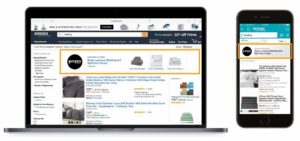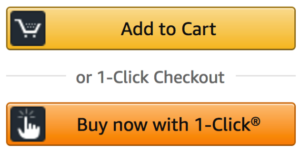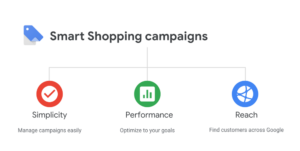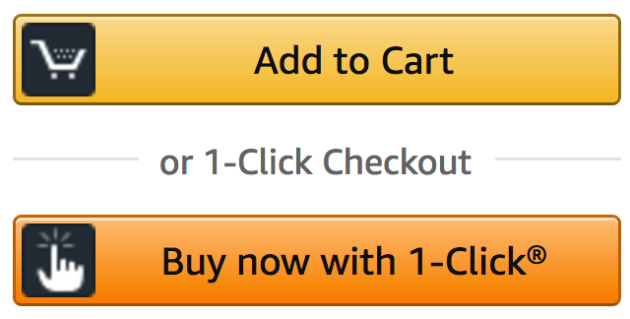
Lost buy box continues to stupefy advertisers. As someone who is held accountable for Amazon sales volume, I’ve found precious little information on how to deal with a true cluster of a lost buy box situation. Let’s get started.
What is the Buy Box?
For those of you who are loathe to click my earlier links, here’s a general overview.
Here’s an example of the manufacturer owning their buy box. In this case, Dell is selling units directly to Amazon for fulfillment and why their buy box shows “Ships and sold by Amazon”. If Dell were shipping their own products and owned their buy box, this would read “Ships and sold by Dell”.

Here’s an example of a lost buy box. Someone called “PROSALE” is selling a Dell computer. If I buy this product, Dell will not see this sale on Amazon.
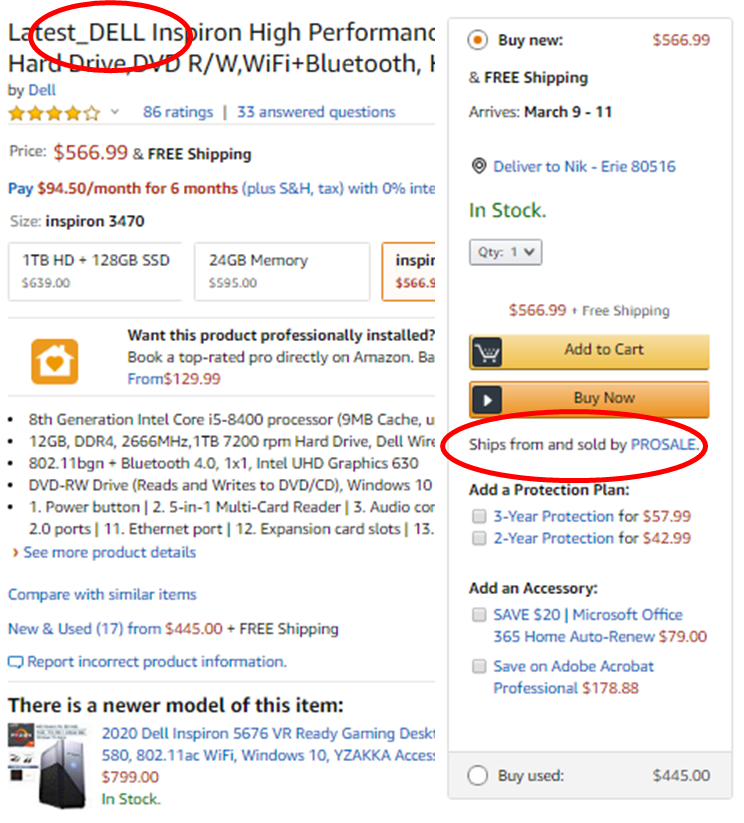
Why you should care if you’re a purchaser
The selfish reason to care about who owns the buy box is that many manufacturers won’t honor their warranties or satisfaction guarantees if you buy from an unauthorized reseller. Good luck getting them to fix something.
The altruistic reason is that in the long run, feeding unauthorized resellers with your purchases creates a dishonest marketplace where potentially shady practices are rewarded.
Why should brands care?
There are many reasons to be up on your lost buy box rate to unauthorized sellers if you’re a brand.
- When your product sells on Amazon, your inventory does not deplete. This slows your replenishment cycle and revenues.
- It indicates you may have more serious problems like a poor pricing, ineffective promotional strategy, or massive theft.
- It likely undermines your pricing, violating your pricing policies and irritating your retail partners.
How does this happen in the first place?
There are a couple legitimate reasons a company may not own their buy box:
- The manufacturer may be out of inventory.
- The manufacturer may have sold their products for resale on Amazon to an authorized dealer.
- An end purchaser may have bought a product, not wanted it, and is selling in as used on Amazon.
None of these situations really cause much heartburn. Here are the ones that do:
- The manufacturer may have deeply discounted their products for a promotion (like Black Friday). Opportunists take the chance to scoop these products up on the cheap, then put them back on Amazon at lower prices than the manufacturer can during a non-promotional time (like January).
- Someone is stealing products and putting those “free” products up on Amazon at a discount.
How can manufacturers know if they have a lost buy box issue?
Where to look depends on how your company deals with Amazon.
If you work via Seller Central, you can visit your Pricing Dashboard in the Pricing area.
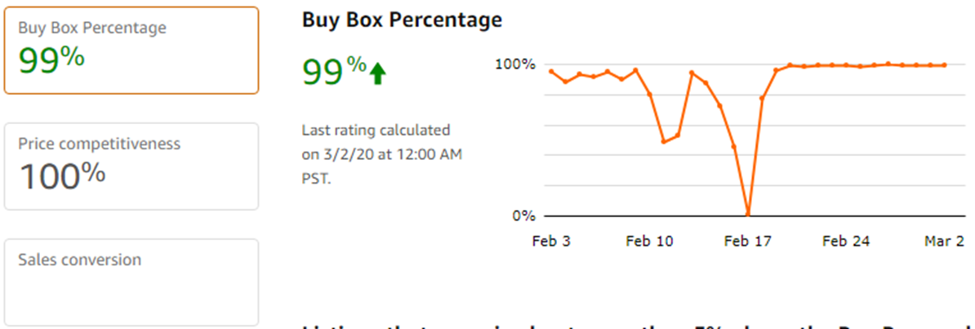
In Vendor Central, you can see a lost buy box (LBB) by product in your Sales Diagnostic report.

There are tools to check in on your buy box win rate and pricing fluctuations (which can be a tip off that you have a buy box issue). Here are a couple I like:
- Keepa (free!): This is free plugin that tracks pricing of your products and the inventory that unauthorized resellers have in stock. This is a free Chrome plugin and drops data directly in to Amazon product detail pages.
- Stackline (paid): Stackline taps into purchase signals in Amazon and paints an accurate picture of what is really lost in terms of buy box and who is taking it. They also monitor many other things.
Why doesn’t Amazon just help manufacturers with these issues?
The general answer from Amazon is that it is an independent marketplace. If they get involved in one unauthorized buy box dispute, they remove their impartiality.
However, while the company peddles the impartiality angle, they actively promote their owned products. Guess who doesn’t have an unauthorized reseller issue on Amazon? Amazon and their owned companies like Ring!

Want more evidence that Amazon is not impartial? Look no further than the AmazonBasics brand. Surely Samsonite excited that Amazon is taking their organic placement and ad space – all without the risk of losing the sale!

Dealing with the lost sales
Much has also been written about how to deal with a lost buy box in terms of reclaiming it (like here or here). These options range from cease and desist letters, buying the units to get them out of market, and tracking down and cutting off the source of stolen products.
These are likely larger initiatives that need greater buy in. A marketer or media manager has a more limited set of tools but can have an impact.
- Support your Amazon products that do not have lost buy box issues with Amazon media or non-Amazon media pointing users to these product pages.
- Funnel traffic and demand to your .com:
- Offer exclusive soft bundles that don’t violate your pricing policies like core product plus relevant accessories. Advertise these promos and push traffic to your website for higher conversion rates at higher margins!
- Call out your own reasons to buy like satisfaction guarantees only available on .com purchases, free shipping offers, and .com-exclusive warranty benefits.
- Support the retailers that are not bending the rules
- What exclusive offers could your retailers offer on their websites?
- Drive traffic directly to your partner sites calling out their offers. Sources like Facebook, Instagram, and Reddit will allow you to send traffic wherever you want.
- Add Google Location Extensions if you’re available across a national chain. Great add-ons regardless if you sell a higher-touch product.
Obviously, the best solution is prevention. Be careful as you roll your product out to multiple retailers, a .com, and Amazon. Create tight pricing policies. Think about what will happen at deep discounts. Think about product security at retail to avoid theft. Here’s hoping you don’t need to pull levers to make lemonade out of buy box lemons, but if you do, try the above – or share your tactics!

